Phonemic Awareness Is the Critical Missing Skill for Many Beginning Readers
This post may contain affiliate links.
written by Marnie Ginsberg, Ph.D., Reading Simplified
Most of us think of reading as visual, right? Indeed, of course, we use our eyes to be able to see and recognize the words! But the process of recognizing those words is also bound tightly with the sounds in the words. We rely heavily on processing the sounds of our language (phonology) when we learn to read.
Why?
Our writing system is a code for sounds–speech coded by letters. The key to unlocking the code is the fast processing of individual sounds, or phonemes, in words. Researchers have discovered that this processing of individual speech sounds, or phonemes, in words–aka phonemic awareness–is a #1 predictor of early, strong reading acquisition.
[This term “phonemic awareness” is related to the word “phonics” in that they both have the Greek root, “phon,” having to do with sound. But phonics relates to the information of matching specific letters and letter combinations to specific sounds (i.e., that “sh” in “show” is /sh/). Phonemic awareness allows the child to perceive that the first sound she hears in the word “show” is /sh/.]
Here’s how phonemic awareness enters the word reading equation:
When a child encounters an unknown word and attempts to decode it, she needs to convert particular letters and letter combinations into sounds. For instance, in the word, “dream” she needs to see and process these sound-symbol relationships:

She needs to associate the letter “d” with the phoneme /d/ and the letter combination “ea” with the phoneme /ee/. To the mature reader, this seems easy and obvious!
However, the insight of knowing how letters map onto sounds and the processing ability to do it are not natural. These are learned skills and some children are better than others at picking it up easily. The good news is that researchers have demonstrated that as little as 5 hours of instruction may be sufficient in order to prepare children to have sufficient phonemic awareness for a good reading start. Better still, tuning your child into the sounds of language can be fun, playful, and part of everyday life!
3 Powerful Phonemic Awareness Activities to Prepare the Young Reader
1. Read Aloud & Reference Print and Sound
Skill with phonemic awareness grows out of the more global skill of overall oral language skill. So keep reading aloud in an interactive way and sharing conversational turns across your day as well. (These both have huge positive influences on a child’s social, emotional, and cognitive outcomes.)
Then, at times, when your child is by your side and on your lap, draw his attention to print by dragging your finger along each word as you read. Research has demonstrated that children easily gain early reading skills with this simple act. Some of these times, draw his attention to the sounds in a particular word by elongating and exaggerating each sound (phoneme) in the word, as in the word “smile” = /sssssmmmmmi—lllllll/.
Just by the simple act of drawing his eyes and his ears to slow down and process individual sounds and symbols in a simple word like “sat,” you can be implicitly teaching:
- The alphabetic principle–that our written language is a code for sounds,
- Specific letter-sound (phonics) knowledge–such as the letter “s” is the sound /s/,
- Phonemic awareness skills, especially phoneme identity, segmenting, and blending, &
- Early decoding and spelling skills!
Still, the most important thing we do when we read aloud is still to enjoy a good book, discuss it, and reflect on it later. But the occasional referencing of print and sound while the child looks on can be a simple prep for early reading success!
2. Play with Sounds in Words
When you’re in the car, waiting in a doctor’s office, or bathing your child, or you have any spare moment with your child, spend a few minutes playing games with the sounds in words. The phonemic awareness skills below are the ones that relate most to reading, in order of difficulty:
- Phoneme identity–often demonstrated by matching words with similar beginning (or ending phonemes).
The parent asks, “Which of these words starts with the same sound as smile: pop, sun, hit?” The child answers, “Sun!” - Segmenting–separating a word into its smallest parts (individual phonemes).
The parent asks, “What are the sounds in ssssssu—nnnnn?” The child answers, “/s/, /uh/, /n/.” Or, “What are the sounds in ssssto—p?” The child answers, “/s/ /t/ /o/ /p/!” (But this is an advanced one because it’s a 4-sound word!) - Blending–combining sounds sequentially to represent a complete word.
The parent asks, “Can you guess the word I’m saying: /mmmm/ /o—/ /mmmm/?” The child answers, “Mom!” - Manipulating–adding, deleting, or swapping individual sounds in words.
The parent asks, “What word is ‘clap’ without the /llll/?” The child answers, “cap!” (Manipulating is quite challenging and may be easier once actual reading starts.)
Here are some popular phonemic awareness games and activities that will help build a reader’s brain:
I Spy
Montessori teachers have been playing “I Spy” for years with young preschool children. We simply say, “I spy with my little eye something that starts with the sound /mmmmm/.” Give the child several chances to guess what word you could be thinking of. Or, perhaps it’s an open ended game and there are several possible answers! If guessing the word from all the things in her environment is too hard, then scaffold the task by placing 3-5 objects in front of her that includes just 1 object with the sound you’re thinking of.
You might sometimes draw attention to how you produce a particular sound in your mouth. For instance, the /mmm/ sound is created by pursing the lips together and humming.
Read Rhyming Poetry and Sing Silly Songs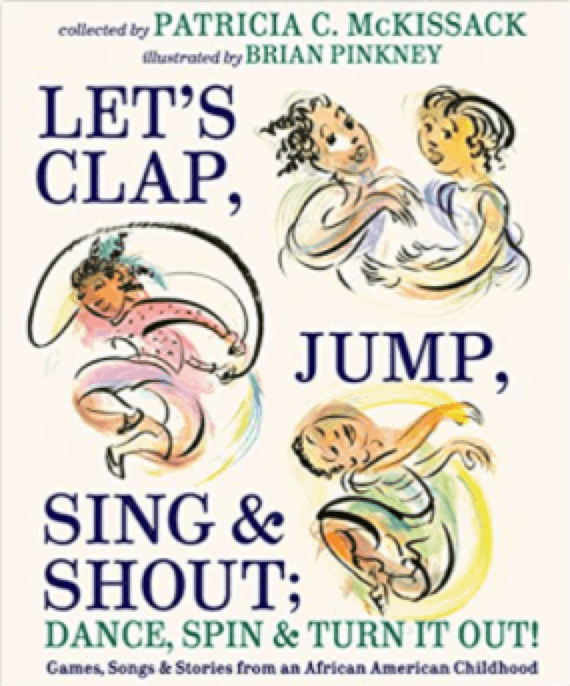
Poetry and music can help draw a child’s attention to the sounds in words. Read Jack Prelutsky, Shel Silverstein, or other poetry like this collection. Repeat, repeat, repeat while having fun seeing if your child can finish a rhyme or memorize a poem or song. Jump rope and partner hand clapping rhymes and games are other fun childhood passages in many cultures that can prepare the child for strong phonological processing.
Matching Pictures or Objects by Phoneme
Matching pictures or objects to phonemes is also a perennial favorite activity in Montessori classrooms. Perhaps a child at the beginning of her phonemic awareness development is asked to decide if objects do or don’t belong in the /mmm/ category. Mouse? Monkey? Cat? A harder task would be sorting into 2 categories, such as /sss/ or /mmm/. Harder still, sort objects or pictures by several categories: /mmm/, /sss/, /t/, /k/, or /rrr/. Using the same concept, you can increase the challenge by trying to match words with the same ending sound! Cat? Nut? Popcorn? Hmmmm….
A next step would be to include a picture of each letter or letter combination beside the objects/pictures the child is sorting so she begins to associate the phoneme with the grapheme (letter or letter combination).
For the advanced, when the child can begin to blend simple words, she can match a CVC (Consonant-Vowel-Consonant) word with its object/picture as shown below. But that’s more like real reading so I’m getting ahead of myself…

Oral Segmenting and Blending
Once a child can match a beginning phoneme from a target word, he’s likely ready to dip his toe into oral phoneme segmenting and blending practice. The first challenge is to see if the child can segment a simple 3-sound word, such as “mop,” “sat,” “sit,” “run,” “light,” etc. To begin with, choose words that begin with a continuant consonant–a consonant that one can elongate, or continue, the sound–as in /ssss/ or /mmm/ because these are easier to learn to segment, blend, and manipulate.
The parent says, “I’ve got a challenge for you. Can you tell me each separate sound in a word? Let me give you an example: What are the sounds in mmmmma—t? /mmmm/ /a—/ /t/. Did you hear them?”
“Now you try. What is each separate sound in mmmmmo—mmmm?”
Flip the script and ask the child to blend a simple 3-sound word now for a phoneme blending challenge. The parent says, “I’m thinking of a mystery word and I’m only giving you each sound separately. If you can put the sounds together you might guess my mystery word!”
“What word could this be? /mmmm/ /o–/ /p/” The child answers, “mop!’
See sample videos here of these segmenting and blending games during carpool. If your child isn’t ready for these challenges, yet, just try the other activities mentioned above and return to this challenge every other month or so.
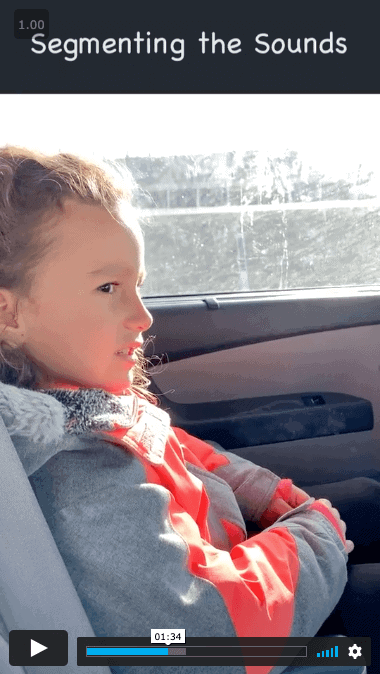
Looking for more phoneme awareness game inspiration? Head here for more.
3. Learn Correct Letter Formation & Link It with Sound
While phonemic awareness has been revealed to be a missing ingredient in many children’s preparedness for early reading, it’s merely a means to the end of quick sound-based decoding. The more we move towards making the links between phonemes (sounds) and graphemes (letters and letter combinations) clear, the easier it will be for our children to pick up how to read.
Curiously, researchers have been building a growing case for the importance of building letter writing skill…as it relates to reading fluency. In the past, many practitioners have thought of the motoric accomplishment of writing letters as quite separate from the visual-auditory act of recognizing words. But, modern research indicates that by building strong letter writing skill, we can bolster reading fluency! Why? Writing letters is one way to help cement letters and sounds in the child’s brain.
So practice correct formation of letters with normal-sized pencils, pens, or crayons. Learning this skill can still be fun! Practice in small 5-minute sessions so the child doesn’t get drained.
 Perhaps begin by teaching the letters in his name. Or teach letters that begin with a similar formation, such as “a,” “c,” “d,” “g,” “o,” and “q” like this sandpaper letter book. The app Letter School is a popular way to practice with children–and even an adult I know very well enjoys it! 😉
Perhaps begin by teaching the letters in his name. Or teach letters that begin with a similar formation, such as “a,” “c,” “d,” “g,” “o,” and “q” like this sandpaper letter book. The app Letter School is a popular way to practice with children–and even an adult I know very well enjoys it! 😉
If you’re not sure on proper letter formation, a good technique for teaching handwriting is the Peterson Method. Often when I’m teaching letter formation I say the letter sound, rather than the letter name, as that will help pave the way for the alphabetic principle and early decoding. If the child can one day learn to also say the sound as he writes a letter, great!
Your Young Child Is Prepared for Beginning Reading!
Once your child can segment and blend simple words and produce several letters herself, she is more likely prepared for take off as a beginning reader! How exciting! If you’re ready to take that leap, your next steps would be
1) having your child build and write simple words, like the activity I call Build It, and
2) teaching her a research-based beginning decoding strategy, which I call Blend As You Read.
3) offering easy decodable texts such as those by Nora Gaydos, Half-Pint Readers, or create simple sentences about your child, e.g., “Natalia is not sad.”
To get to this “end” goal of strong preparedness for beginning reading, just recall the 3 big ideas from this post for how to build in phonemic awareness skill:
- Read Aloud & Reference Print and Sound,
- Play with Sounds in Words, &
- Learn Correct Letter Formation & Link It with Sound.
Is the idea of phonemic awareness new to you? What do you think of testing these ideas out with your child? Please comment below as I’d love to know what you think!
About the Author

Marnie Ginsberg (Ph.D) is a former teacher, researcher, tutor, and staff developer turned founder of Reading Simplified, the easy button for the teaching of reading for beginning or struggling readers of all ages. Learn more about Marnie and Reading Simplified here: ReadingSimplified.com.
The Reading Simplified Academy teaches a streamlined system for teaching anyone how to read–in less time. Teachers, tutors, parents, and grandparents have all benefited from the video trainings, student materials, and daily online support from reading experts to accelerate their beginning or struggling readers into reading achievement.
Note from Melissa: I highly recommend The Reading Simplified Academy. As you can see from this article, not only is Dr. Ginsberg’s knowledge is comprehensive, but she knows how to make the information accessible to all of us!
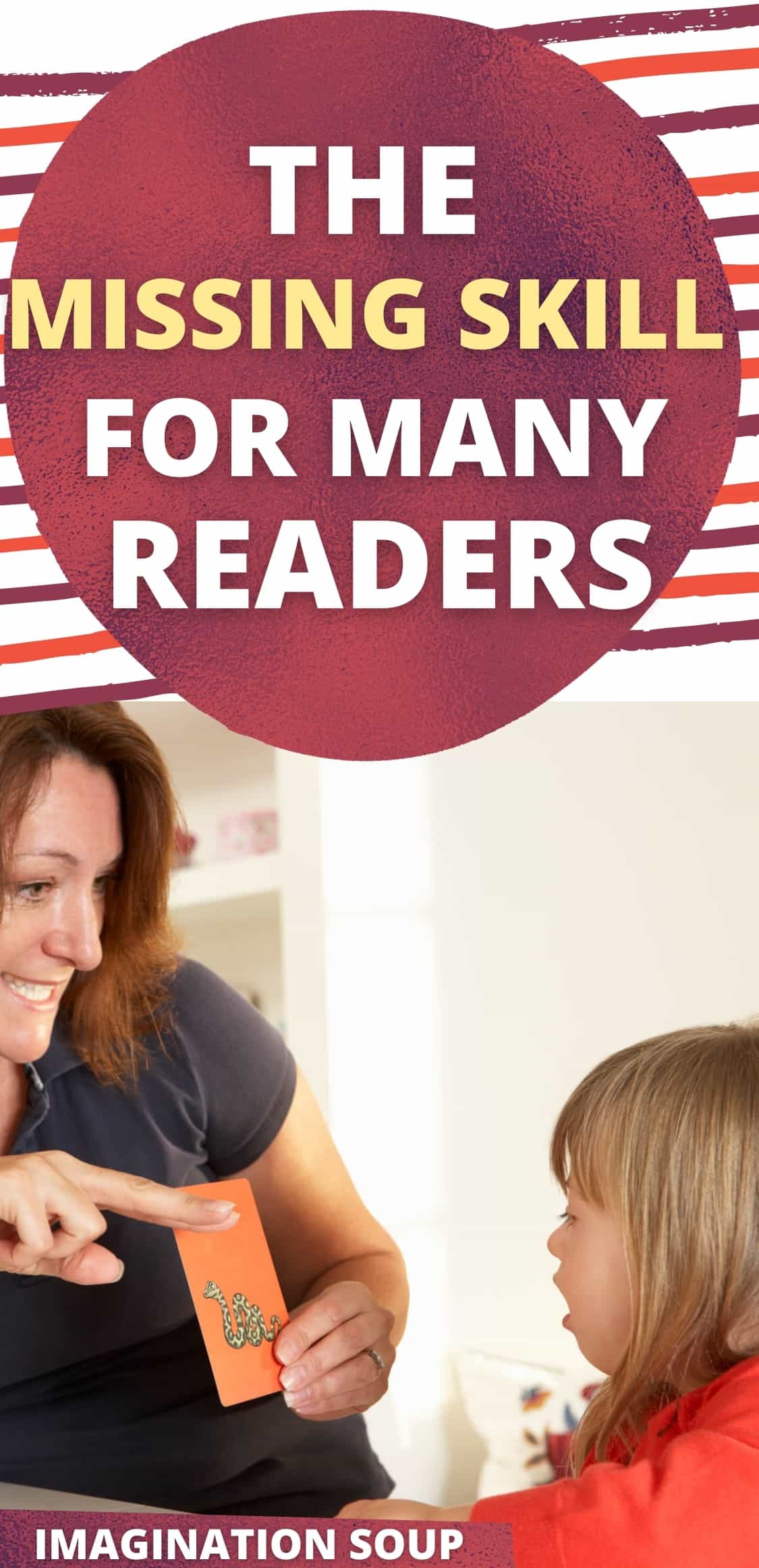
You Might Also Like:




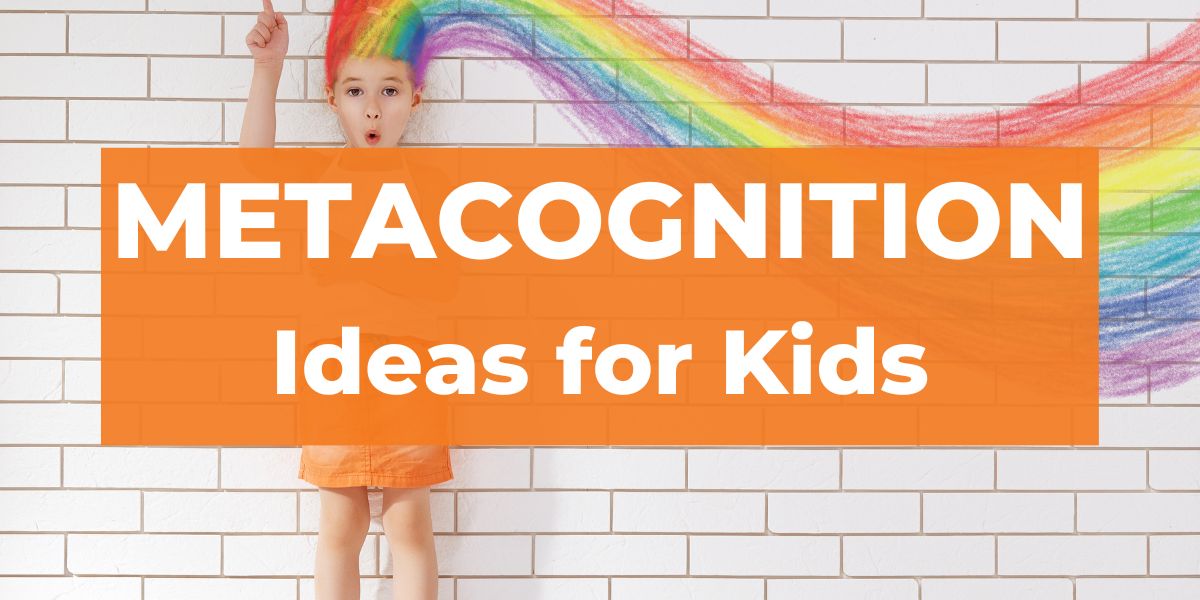
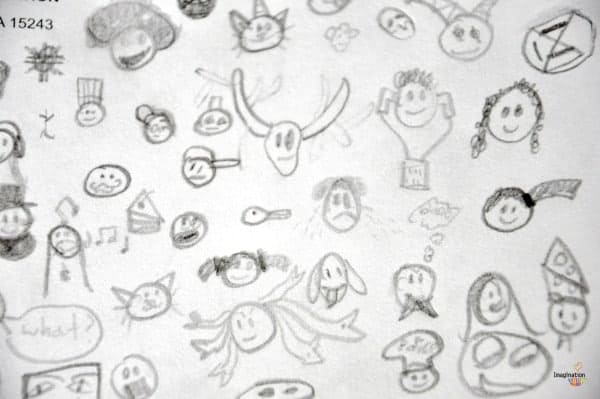
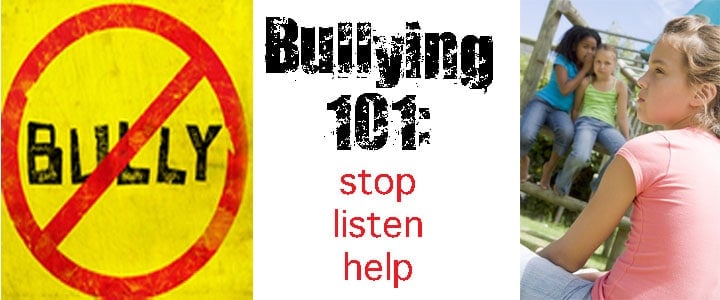
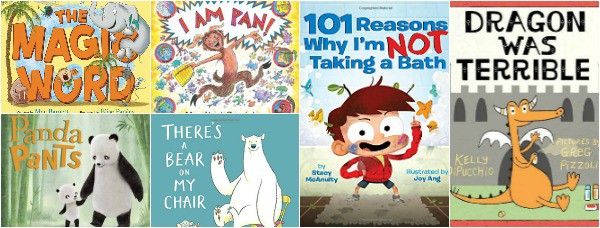
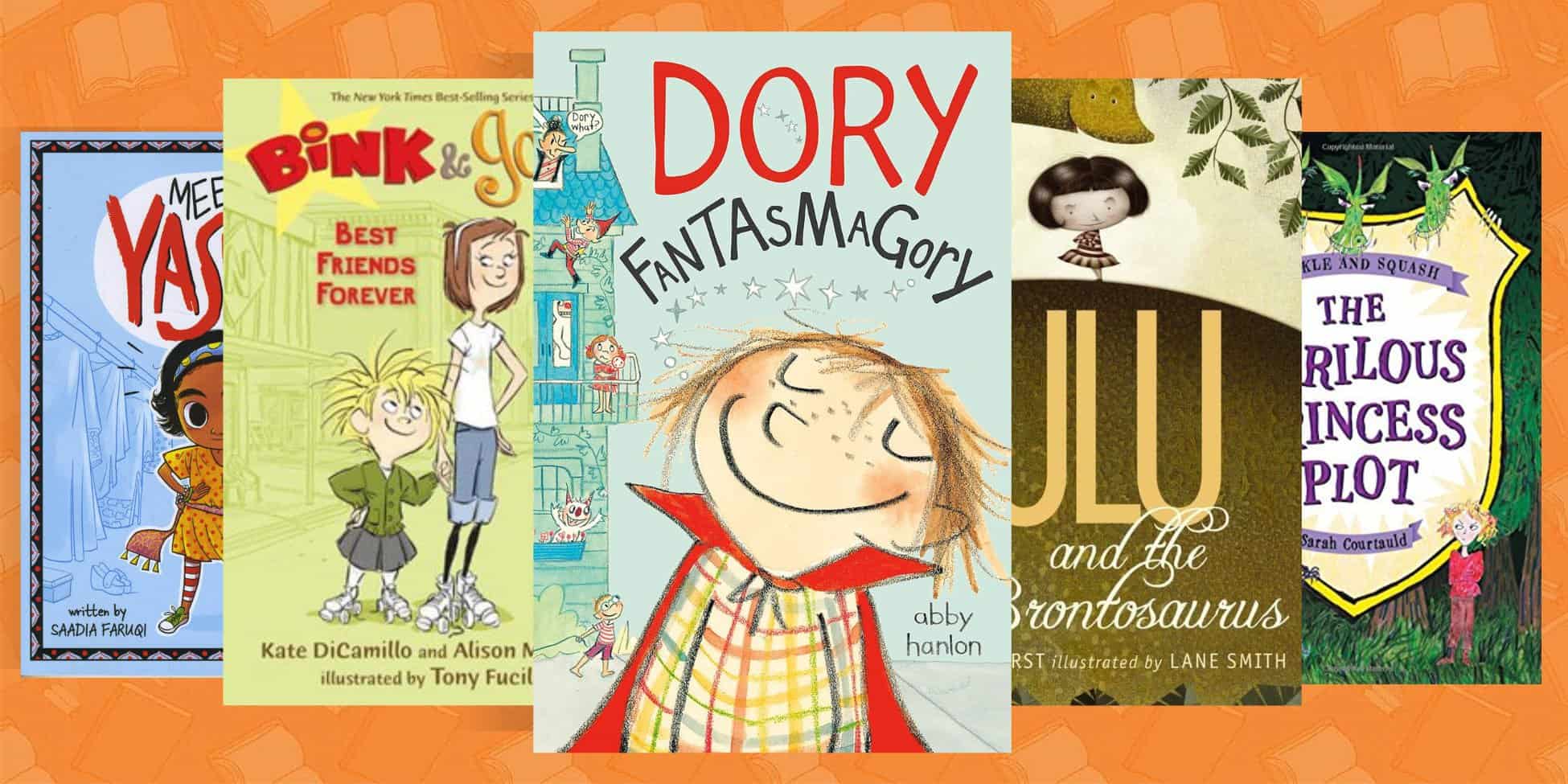
Thank for the information. I hope parents can read this so that they can be of help to teachers.
thanks, Rowena.
Yes, Rowena! It takes a village.
Love your expertise! Wish I had you around when my youngest was struggling. Thank goodness, some working at home helped things click!
Thanks for your kind words. And great to hear that you had the margin to help your child.